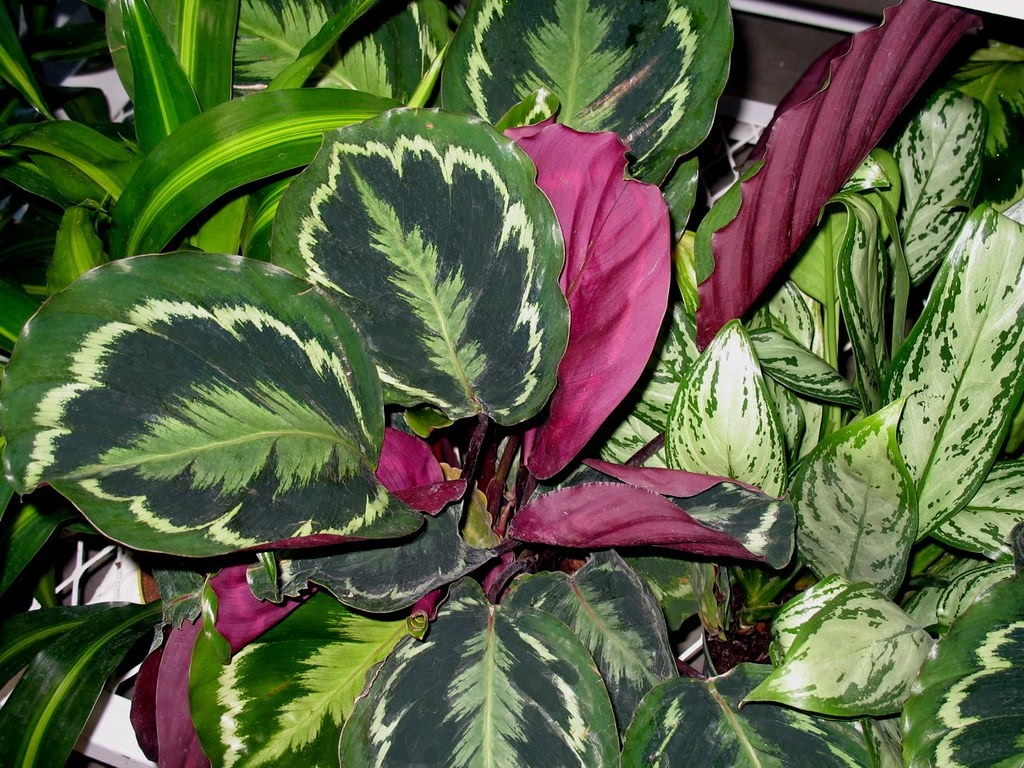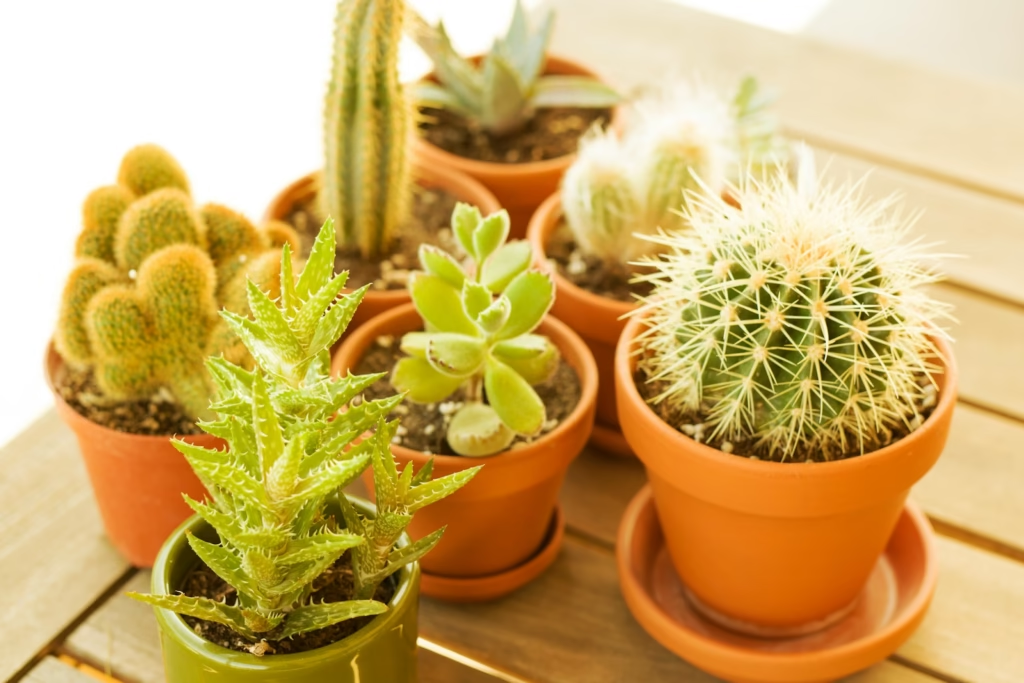Agastache, also known as Hyssop or Hummingbird Mint, is a beautiful perennial plant known for its vibrant flowers and aromatic foliage. It attracts pollinators like bees, butterflies, and hummingbirds, making it a valuable addition to any garden. Here’s everything you need to know about growing and caring for Agastache.
Care
Proper care is essential to keep your Agastache healthy and thriving:
- Light: Agastache thrives in full sun. Ensure it receives at least 6-8 hours of direct sunlight daily.
- Watering: Water regularly, allowing the soil to dry out between waterings. Overwatering can lead to root rot.
- Soil: Use well-draining soil. Agastache prefers slightly acidic to neutral soil pH.
- Temperature: Agastache is hardy in USDA zones 5-10. It prefers moderate temperatures and can tolerate some drought once established.
- Fertilizing: Feed with a balanced fertilizer in spring to promote healthy growth and abundant blooms.

Types
There are several types of Agastache, each with unique characteristics:
- Agastache foeniculum (Anise Hyssop): Known for its licorice-scented leaves and purple flowers.
- Agastache rupestris (Sunset Hyssop): Features orange and pink flowers with a minty fragrance.
- Agastache mexicana (Mexican Hyssop): Noted for its purple flowers and lemon-scented leaves.
- Agastache rugosa (Korean Mint): Recognized for its blue or violet flowers and aromatic foliage.
- Agastache aurantiaca (Orange Hummingbird Mint): Displays bright orange flowers and a citrusy scent.
Pruning
Pruning helps maintain the shape and health of your Agastache:
- Remove Dead or Faded Flowers: Deadhead spent blooms to encourage continuous flowering.
- Trim Back Foliage: Cut back dead or damaged leaves to keep the plant looking tidy.
- Shape the Plant: Prune to maintain the desired shape and size.
Propagating
Agastache can be easily propagated through division or cuttings:
- Division: Divide mature plants in early spring or fall. Use a sharp knife or spade to separate the clumps and replant them in well-draining soil.
- Stem Cuttings: Take cuttings from healthy plants in late spring or early summer. Let the cuttings root in water or soil.
Growing From Seeds
Growing Agastache from seeds is a rewarding process:
- Sow Seeds: Sow seeds in a seed tray with well-draining soil and lightly cover them with soil.
- Water and Cover: Mist the soil and cover the tray with plastic wrap to retain moisture.
- Germination: Place in a warm, bright location and wait for seeds to germinate (typically 7-14 days).
- Transplanting: Once seedlings are large enough to handle, transplant them into individual pots or directly into the garden.
Growing in Pots
Agastache thrives in pots with proper care:
- Pot Selection: Choose a pot with drainage holes to prevent waterlogging.
- Potting Medium: Use a well-draining potting mix, preferably one designed for perennials.
- Watering: Water regularly, but allow the soil to dry out between waterings.
- Repotting: Repot every 2-3 years to refresh the soil and provide more space for growth.
Overwintering
Overwintering Agastache involves adjusting care to ensure their health during the colder months:
- Indoor Care: Move potted plants indoors to a bright, cool location if you live in a region with harsh winters.
- Mulching: Apply a thick layer of mulch around the base of outdoor plants to insulate the roots.
- Reduce Watering: Water less frequently during winter, allowing the soil to dry out between waterings.
Harvesting Leaves
Agastache leaves can be harvested for culinary and medicinal uses:
- Timing: Harvest leaves when they are mature and healthy.
- Method: Use clean scissors to snip leaves close to the stem. Rinse and dry the leaves before use.
Common Pests
Agastache is relatively pest-resistant but can be affected by:
- Aphids: Small, sap-sucking insects. Treat with insecticidal soap or neem oil.
- Spider Mites: Tiny pests that cause stippling on leaves. Increase humidity and treat with insecticidal soap.
- Whiteflies: Small, white insects that infest leaves. Use yellow sticky traps or insecticidal soap.
Common Issues
Watch out for these common Agastache problems:
- Yellowing Leaves: Often caused by overwatering or poor drainage. Ensure soil drains well and adjust watering.
- Leaf Drop: Can result from sudden temperature changes or stress. Provide stable conditions and proper care.
- Root Rot: Caused by waterlogged soil. Ensure good drainage and avoid overwatering.
FAQ
- How often should I water my Agastache?
- Water regularly, allowing the soil to dry out between waterings. Avoid overwatering.
- Can Agastache tolerate shade?
- Agastache prefers full sun but can tolerate partial shade. However, blooming may be reduced in shaded areas.
- Do Agastache plants need fertilizer?
- Yes, fertilize in spring with a balanced fertilizer to promote healthy growth and abundant blooms.
- How do I propagate Agastache?
- Propagate by dividing mature plants in early spring or fall, or by taking stem cuttings in late spring or early summer.
- Why are the leaves on my Agastache turning yellow?
- Yellowing leaves can result from overwatering, poor drainage, or nutrient deficiencies. Adjust care accordingly.
Growing and caring for Agastache can be a rewarding experience, providing vibrant blooms and aromatic foliage to enhance the beauty of your garden or indoor space. With the right care and attention, your Agastache will thrive and flourish.



